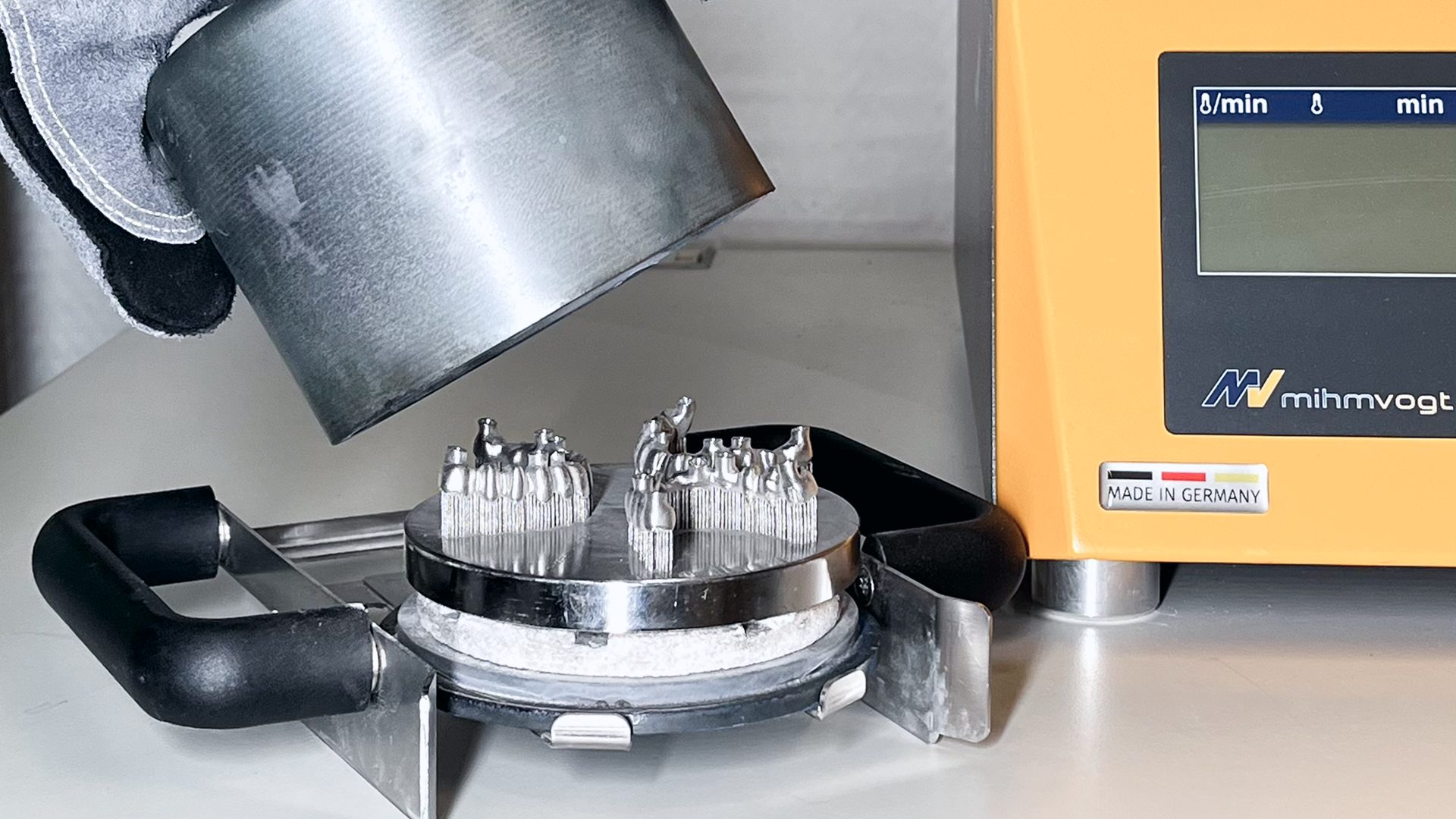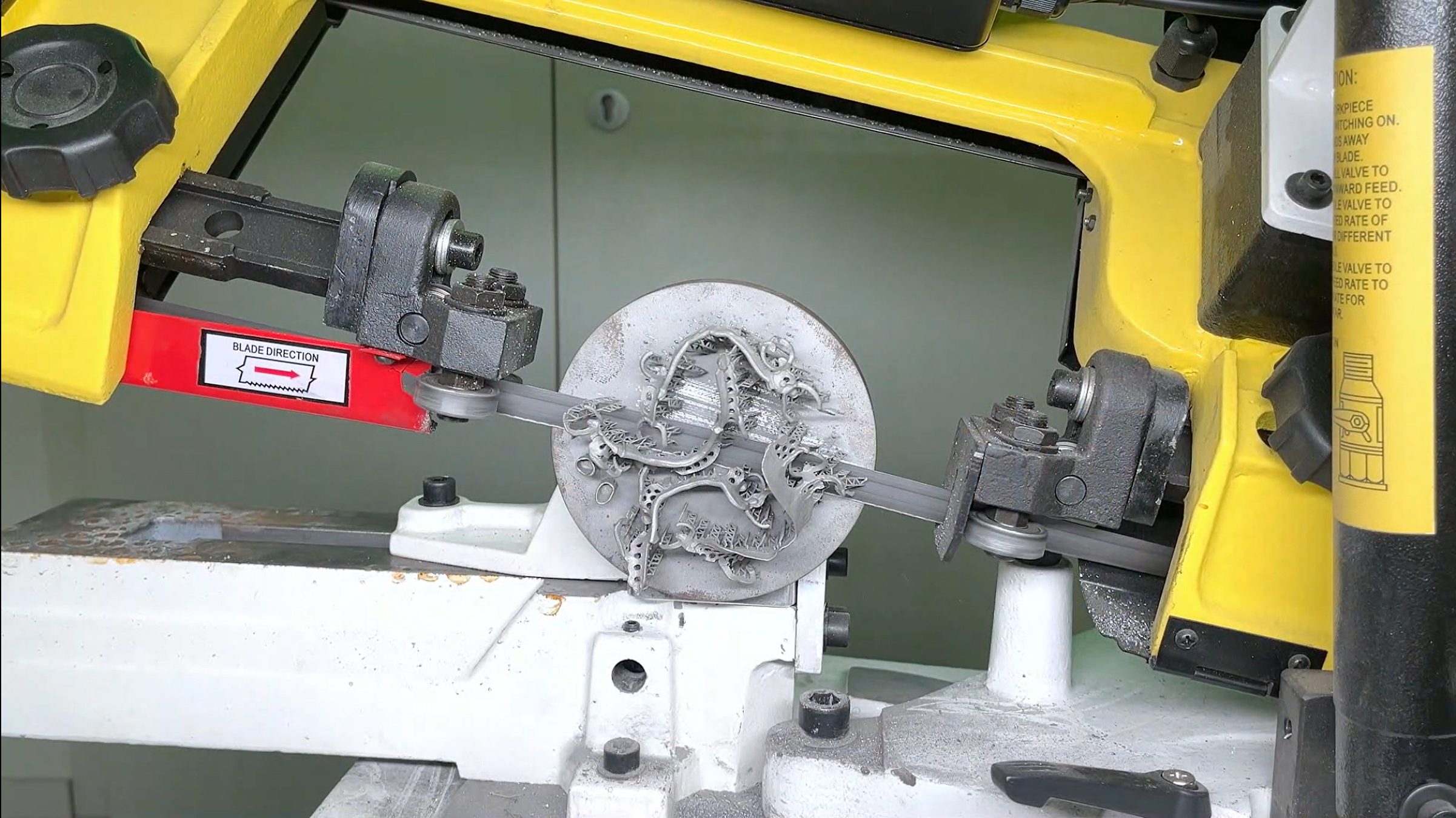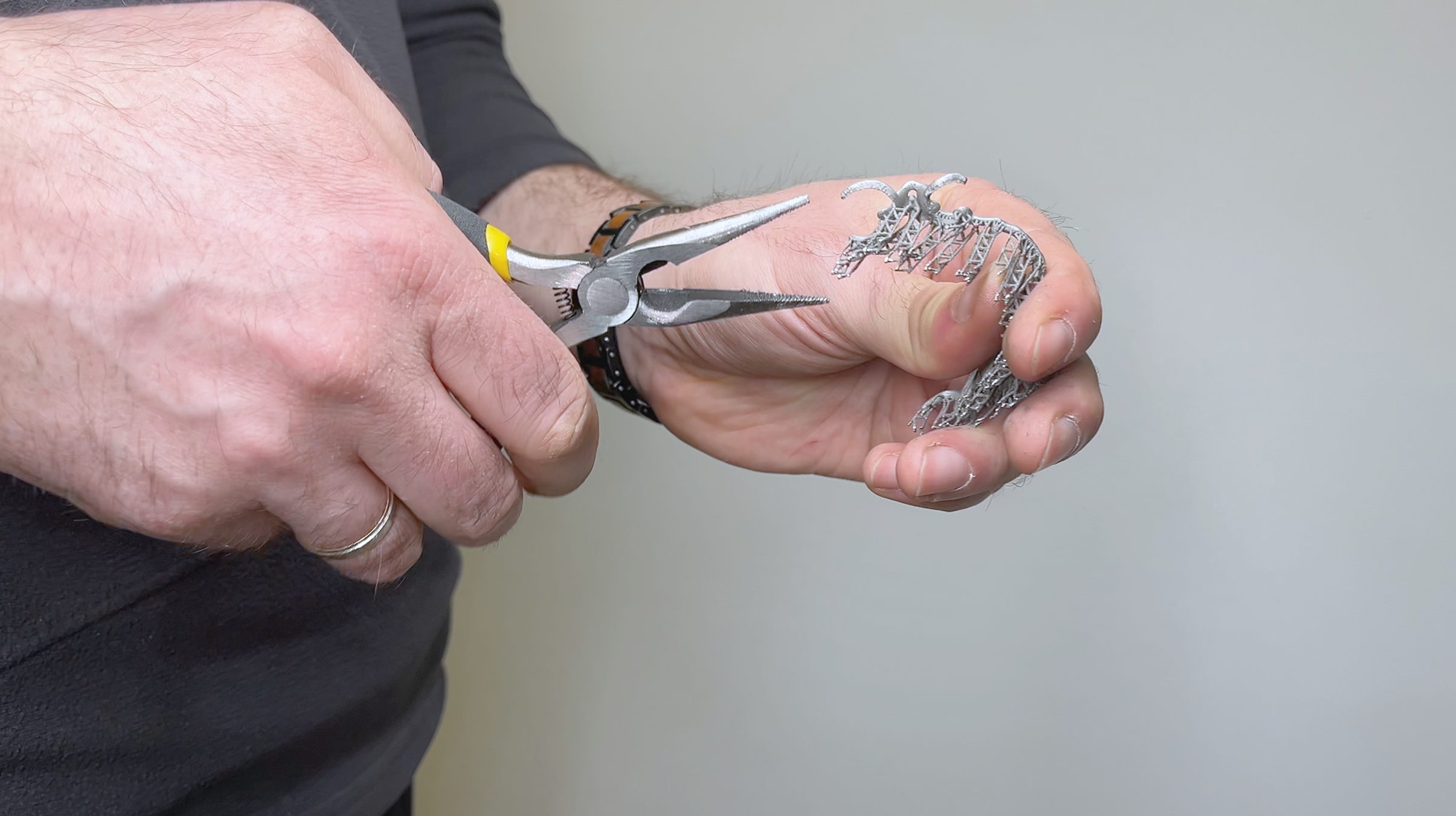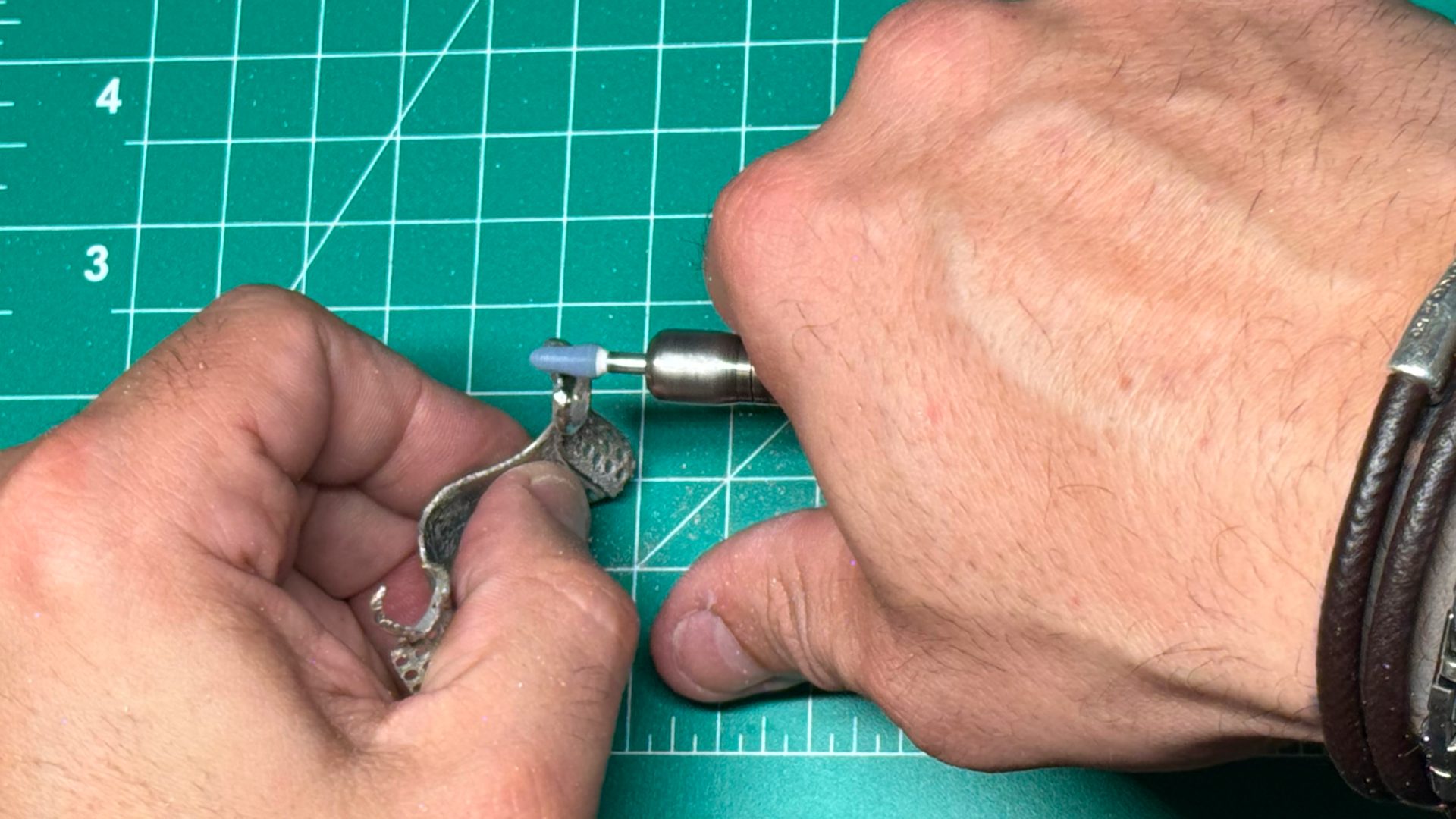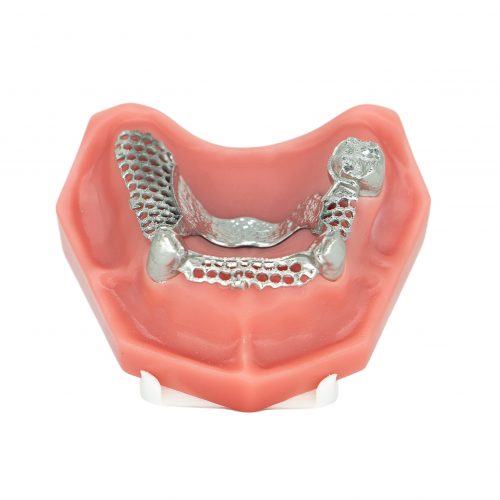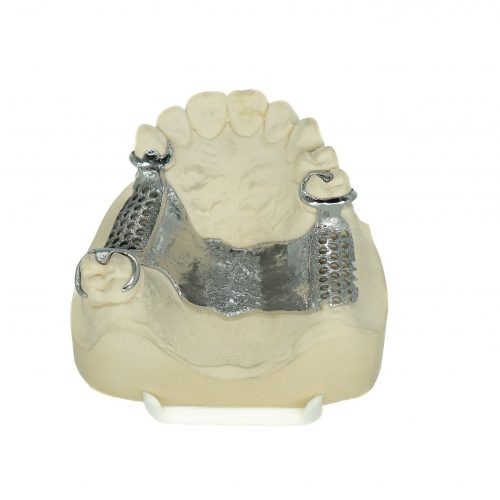Metal 3D printing post processing is essential for transforming printed parts into high-performance components. Typical steps include heat treatment, support removal, and surface finishing to achieve strength, precision, and quality.
Learn more about achieving flawless finishes in the following.


Metal 3D Printing Post Processing
After metal parts are 3D-printed using Selective Laser Melting (SLM), the metal 3D printing post processing phase begins. During this stage, parts undergo several steps to achieve their final strength, precise dimensions, and high-quality surface finish.
This process typically includes heat treatment, build platform removal, support cleanup, and polishing, ensuring that each part reaches maximum mechanical performance and a smooth, durable surface.


Typical SLM Post Processing Steps
Heat Treatment
Heat treatment strengthens 3D-printed parts by reducing internal stresses from the printing process, improving durability, mechanical performance, and structural reliability.
Removing the Part & Supports Removal
After heat treatment (or annealing), the part is carefully removed from the build platform e.g. with a bandsaw, and all supports are taken off.
+ Preparing for Polishing
Before a 3D-printed part is polished, it is important to remove all remaining support structures and ensure the part is fully cleaned.
Polishing
After the part has been removed from the build platform and all supports taken off, the next step is polishing to give it a smooth, high-quality surface.
Polished Results with Dlyte Desktop Pro
Electropolishing Solution
DLyte Dry Electropolishing for Perfect Surfaces
The DLyte technology provides an innovative method for polishing metal parts with exceptional precision, even on complex geometries. This dry electropolishing process delivers smooth, mirror-like surfaces efficiently, improves fatigue resistance, and enhances corrosion protection, all without altering the part’s dimensions.
Learn more in the video and text below.
Learn More
Tiny, active particles in a specially designed electrolyte smooth only the raised areas of the surface, leaving edges, corners, and overall shapes untouched. Even tight spaces and internal corners are polished effortlessly.
This process delivers mirror-like, durable, and corrosion-resistant finishes, making it perfect for complex parts in aerospace, dentistry, medical, luxury, and laboratory applications.
Dlyte Electropolishing Machines
Perfect Shine with Minimal Effort
DLyte electropolishing machines provide precise and efficient metal finishing solutions for dental, medical, jewelry, research, and small-scale production applications.
The Desktop Pro offers a compact design ideal for labs and workshops, while the D1 is engineered for small-batch manufacturing, delivering consistent, mirror-like results.
DLyte Desktop Pro
Compact Electropolishing Machine
High-precision, fast metal surface finishing in a compact design – perfect for labs, workshops, and research environments.
Key Features
– Ultra-compact & easy to install
– Smooths and polishes surfaces to perfection
– Achieves bright, mirror-like finishes
– Removes burrs & rounds sharp edges
– Improves corrosion resistance
– Works with CoCr, & stainless steel among others


DLyte D1
Versatile Ectropolishing Machine
High-precision, fast metal surface finishing in a compact design – perfect for labs, workshops, and research environments.
Key Features
– Compact system for space-saving operation
– Precision finishing & smoothing of surfaces
– Mirror-like, polished results
– Removes burrs & rounds sharp edges
– Improves corrosion resistance
– For steel, CoCr, copper, & nickel alloys
Conclusion – Metal 3D Printing Post Processing
Metal 3D printing post processing transforms printed parts into high-performance components. Steps like heat treatment, support removal, and polishing ensure strength, precision, and a high-quality surface.
With Dlyte dry electropolishing technology and machines such as the Desktop Pro and D1 , manufacturers in dental, medical, jewelry, research, and small-scale production can achieve smooth, durable, mirror-like finishes — even on complex geometries.
Discover the complete 2onelab Dental Digital Workflow to see how each post-processing step contributes to flawless metal parts.
FAQ: SLM Post Processing
How is metal 3D printing post processing performed?
Metal 3D printing post processing is the set of steps applied to metal parts after printing to achieve final strength, accuracy, and surface quality. This typically includes heat treatment, support removal, and polishing, ensuring smooth, durable, and precise surfaces.
How does post processing improve the mechanical properties of 3D-printed parts?
Post processing enhances 3D-printed metal parts by reducing internal stresses, removing support structures, and refining surfaces. Heat treatment increases strength and durability, while polishing ensures dimensional accuracy and smooth, long-lasting surfaces for optimal mechanical performance.
What is Dlyte Dry Electropolishing and how does it work?
Dlyte Dry Electropolishing is a precise method that smooths only the raised areas of metal parts using a dry electrolyte, producing mirror-like, durable, and corrosion-resistant surfaces without altering dimensions.
What advantages does Dlyte electropolishing machines offer?
Dlyte electropolishing machines, Desktop Pro and D1, smooth complex surfaces, improve fatigue and corrosion resistance, and achieve mirror-like finishes on various metals, making them ideal for dental, medical, jewelry, research, and small-scale production.
Which products are part of the 2onelab Dental Digital Workflow?
2onelab Dental Digital Workflow includes heat treatment furnaces to relieve stresses, DLyte polishing machines (Desktop Pro and D1) for smooth, mirror-like surfaces, and systems like 2Sieve and 2Clean to maintain powder quality and cleanliness. Together, these tools ensure precise, durable, and high-quality metal applications.
Further links:

Author: Markus Wolf
Passionate about 3D printing, while being
CTO and Co-Founder of 2onelab.


